Ms. Tran Thi Hoa states that adjacent to her residential plot is an annual crop land plot, located within an existing residential area and designated as such in the urban planning framework.
As the agricultural land is enclosed by other plots with no separate access, Ms. Hoa has allocated a portion of her residential land as an entryway to the aforementioned annual crop land.
Now, with the intention of dividing the land for her children’s future residences, Ms. Hoa has applied for a change in land use designation from annual crop land to residential land.
However, local authorities have informed her that due to the lack of road access, the plot does not meet the requirements for conversion to residential land.
Citing Article 116, Clause 5 of the 2024 Land Law, Ms. Hoa questions whether her land can be converted to residential use. The clause states that the basis for permitting the conversion of agricultural land within residential areas, or agricultural land within the same plot as residential land, to residential land for households and individuals is the district-level land use planning or the approved urban planning framework in accordance with the law on urban planning.
 Illustration: Hong Khanh |
In response, the Ministry of Agriculture and Environment recommends that Ms. Hoa contact the district-level land management authority or the Provincial Department of Agriculture and Environment for guidance on converting a portion of her residential land into transportation land to serve as an entryway to the annual crop land.
Subsequently, she can proceed with the application to convert the annual crop land into residential land in accordance with Article 116, Clause 5 of the 2024 Land Law.
Specifically, Clause 5 stipulates: “The basis for permitting the conversion of agricultural land within residential areas, or agricultural land within the same plot as residential land, to residential land for households and individuals is the district-level land use planning or the approved urban planning framework in accordance with the law on urban planning.”
Hong Khanh
– 06:30 26/05/2025
The Great Property Hunt: Investors Seek Out Land on the Outskirts of Ho Chi Minh City Amidst Supply Scarcity
From Q2 2025 onwards, there has been a positive shift in the provincial land market in provinces bordering Ho Chi Minh City, such as Long An, Dong Nai, and Binh Duong. Residential land lots near existing and upcoming infrastructure projects, located within a 10-20km radius of Ho Chi Minh City, have been attracting significant interest from investors.
The Capital Gains a New Skyscraper in the Model Urban Area
The Hanoi authorities have approved a proposal to redevelop the site of the former Vinaconex Center for High-End Fashion and Traditional Craft Services in the Trung Hoa-Nhan Chinh urban area, Thanh Xuan district. The new project will be a modern office building, a move that underscores the city’s commitment to urban renewal and economic development.
How to Calculate the Land Use Expiration Date as Stated on the Red Book
“What is the land-use rights certificate (red book) issuance date, and how does it affect the land use expiration date? The certificate, issued on July 5, 2005, states a ‘land-use term: 2025’. This raises a question: Does the land use right expire on January 1, 2025, July 5, 2025, or December 31, 2025? “

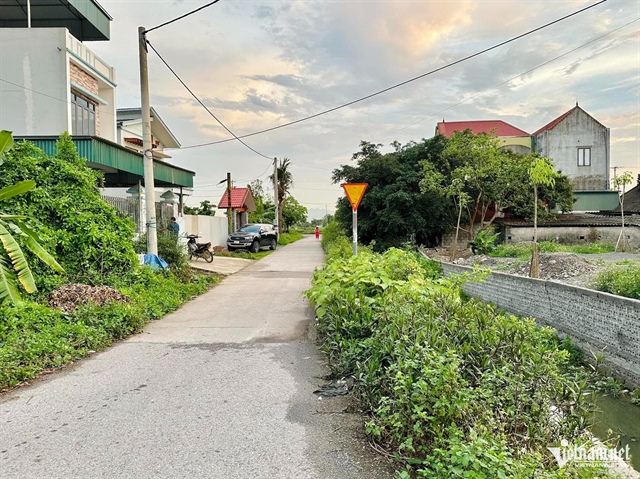
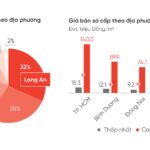
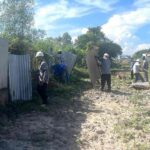

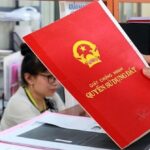
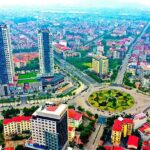




![[Photo Essay]: Experts, Managers, and Businesses Unite to Forge a Path Towards Sustainable Green Industry](https://xe.today/wp-content/uploads/2025/07/z678592918-150x150.jpg)


![[Photo Essay]: Experts, Managers, and Businesses Unite to Forge a Path Towards Sustainable Green Industry](https://xe.today/wp-content/uploads/2025/07/z678592918-100x70.jpg)






